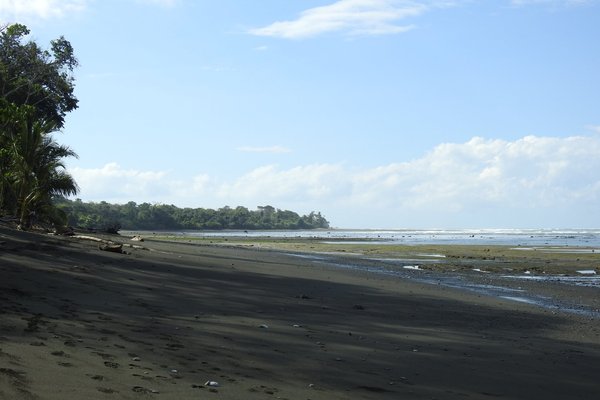Costa Rica
Corcovado and Isla del Cano
Caño Island is a marine biological reserve with coral reef habitats northeast of Corcovado. The island also has a burial ground dating back to the pre-Columbian era.
Site Info
Official Information
- Full Name
- Corcovado National Park and Isla del Cano Biological Reserve (ID: 1795)
- Country
- Costa Rica
- Status
-
On tentative list 2003
Site history
History of Corcovado and Isla del Cano
- 2023: Postponed
- "submitted in 2021, could not be undertaken following the request of the State Party due to the COVID-19 situation in the country"
- 2021: Incomplete - not examined
- 2019: Preparatory Assistance
- 2018: Upstream Process
- 2004: Requested by State Party to not be examined
- Withdrawn by Costa Rica
- 2003: Added to Tentative List
- Added to tentative list
- Type
- Natural
- Criteria
Links
- UNESCO
- whc.unesco.org
All Links
UNESCO.org
- whc.unesco.org — whc.unesco.org
Community Information
- Community Category
- Wildlife habitat: Fauna
- Natural landscape: Marine and Coastal
Travel Information
Recent Connections
News
No news.
Community Reviews
Show full reviews
Corcovado currently is the only entry on the Tentative List of Costa Rica. There seem to be no plans to bring it forward (again), after the 2004 withdrawal caused by a negative IUCN advice. At the time it was dismissed with not much further explanation than “too small”, too small even for its mammals to survive in the near future. It could not match similar sites (Darien, Talamanca) that were already inscribed. Although I can see the point, I still found it the most worthwhile destination of my Costa Rica trip.
I based myself for 3 nights in Drake Bay, the most common access point on the Osa Peninsula. It is off the beaten tourist track, but not that remote. The area around Drake Bay itself is already really nice, I did a late afternoon birding tour there and hiked part of the Drake Bay Trail (a 20km long coastal path) on my own. I could have easily stayed one or two nights longer, tying in a trip to Isla del Cano for example.
For my Corcovado visit I booked a day tour to the Sirena station of the National Park at the cost of 85 USD. You may only visit the park accompanied by an official guide. At 6 a.m. two boats with some 25 tourists each set from the coast of Drake Bay, already a minor adventure in itself as the place has no jetty. So you have to wade from and to the boats. I …
Keep reading 0 commentsEsteban Cervantes Jiménez
Corcovado and Isla del Cano
Corcovado and Isla del Cano (On tentative list)

Site visited on my December-January vacations, for a whole week, a trip that I had been wishing to do since my childhood’s readings about the Costa Rican National Park System, that helped me highlight the importance of the Osa peninsula conservation complex.
The Nature:
After visiting both protected areas, I think they fully live up to Corcovado’s name as “the most biologically diverse point on Earth”. During my visits to 2 different ranger stations (closer San Pedrillo and farther away and more pristine Sirena), I saw many more different species than I had ever seen in any national park in my country, and in different life stages, daytimes, and habitats than I had seen them before.
Among the species that I saw are: both crocodiles (one of them swimming in the sea in San Pedrillo station) and caimans (even baby caimans on a pond), the amazing and deadly Bothriechis schlegelii camouflaging on a trunk, many types of amphibians like poison dart frogs, and crystal frogs mating (which are best appreciated during a night tour in the forest around Drake Bay), and several bird’s species, like pelicans, hummingbirds, hawks, toucans and a crazy number of scarlet macaws, that are best seen flying along the extensive beaches. Naturally, I saw different types of insects and arachnids, including several species of butterflies and a couple of spiders, particularly the venomous Phoneutria.
However, what impressed me most is the number of mammals that I saw: all four species of monkeys in the country …
Keep reading 0 comments
